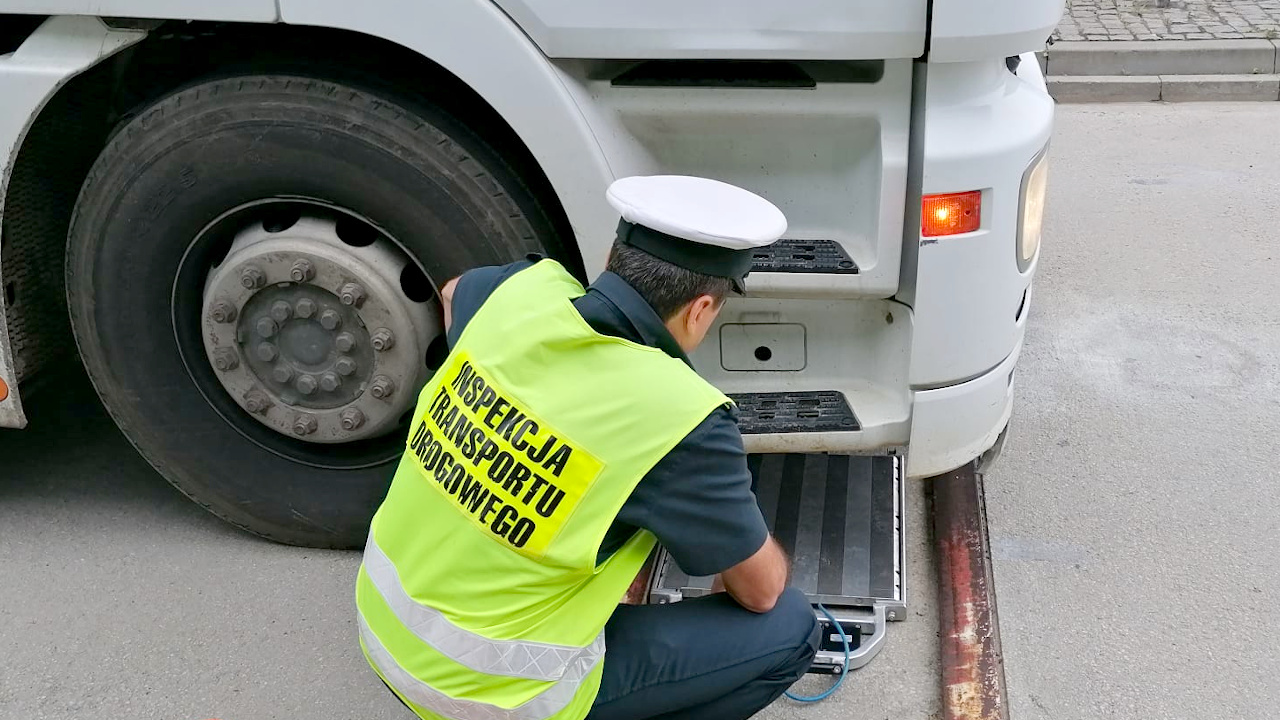

In the last week of July this year, calibration and quality check took place for five Weigh-in-Motion stations, which were installed last year as part of the ITS Tychy project. The WIM stations control the entry of heavy vehicles into the city on all major transit roads. Each vehicle is automatically weighed and when it exceeds the permissible limits of total weight, or axle load on the pavement – it is identified, photographed, and a record of the violation is placed in the CSR Tychy database. Such information is transmitted in real time to WITD inspectors.

HS-WIM (High Speed Weigh-in-Motion) stations are an important tool prepared for the inspection of heavy vehicles, which is carried out by the Provincial Road Transport Inspectorate in Katowice. WITD inspectors, conducting field inspections, are notified on an ongoing basis of the registration of vehicles exceeding the permitted weight, but also exceeding the permitted dimensions or transporting dangerous goods. This makes it possible to immediately stop the indicated vehicle, carry out a new inspection on a legalized device, and possibly impose a penalty.
An important aspect of the use of WIM stations is the accuracy of weighing, which should be periodically verified, according to the procedure specified by the General Directorate for National Roads and Motorways. The standard procedure for this is to use a set of reference vehicles (2-axle, 3-axle and 5-axle truck tractor with semi-trailer), which are weighed on WITD’s legalized reference scales, and then are driven repeatedly over the HS-WIM equipment under test.
During the calibration in Tychy, a new statistical calibration method, developed by Neurosoft within the framework of the research project POIR.01.01.01-00-0612/16 NeuroWIM, was tested, which allows for a significant reduction in calibration time while maintaining the required accuracy. In addition, the new method reduces polution emissions and CO₂ emissions, as it avoids the need for special calibration vehicle runs. An additional advantage of the new method is also that calibration is verified continuously, from day to day, which guarantees full weighing accuracy throughout its lifetime. With the traditional calibration method, weighing accuracy is only verified at the time of calibration, and in between calibrations, weighing accuracy can be lower. Finally, the new method allows for immediate detection of any equipment failure.